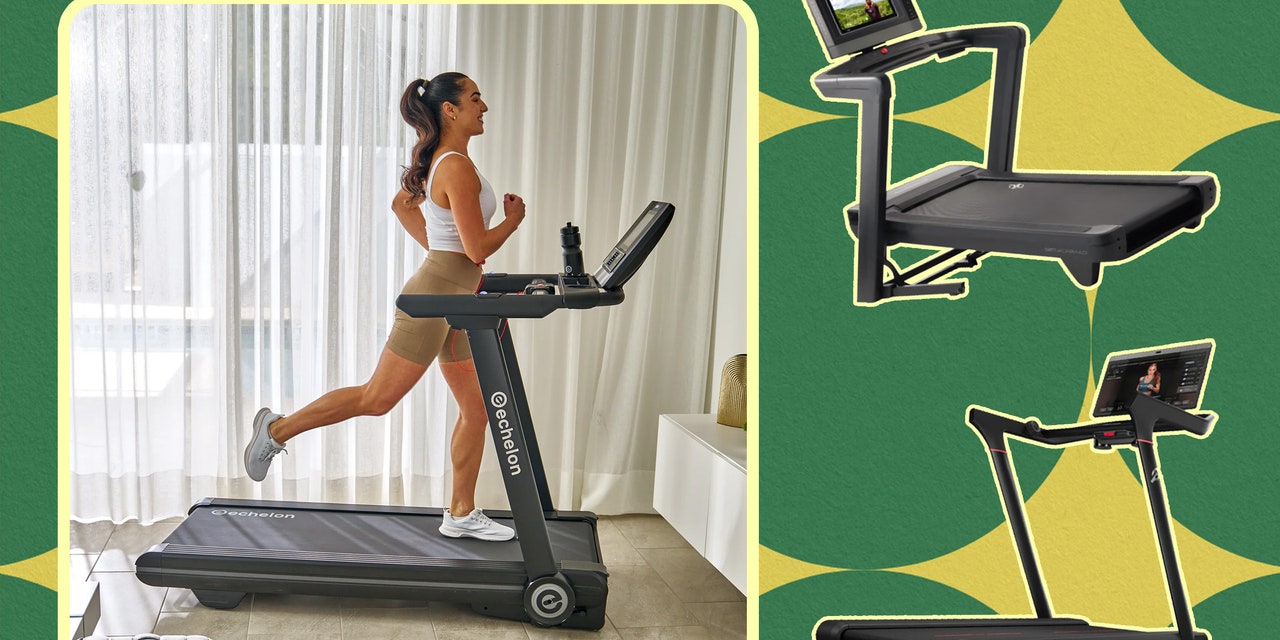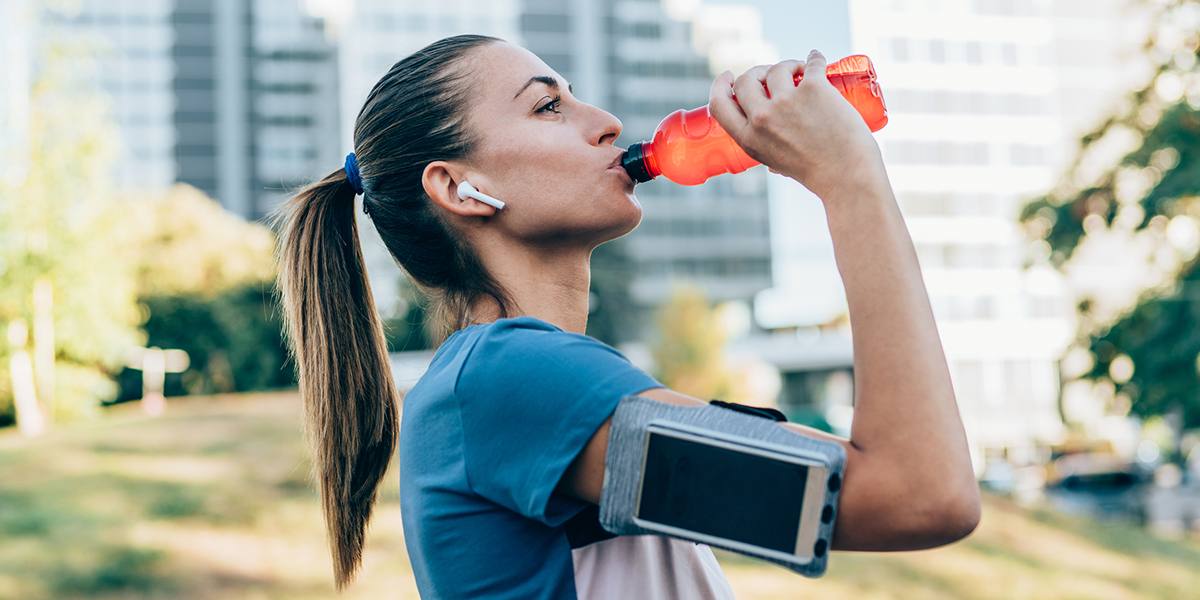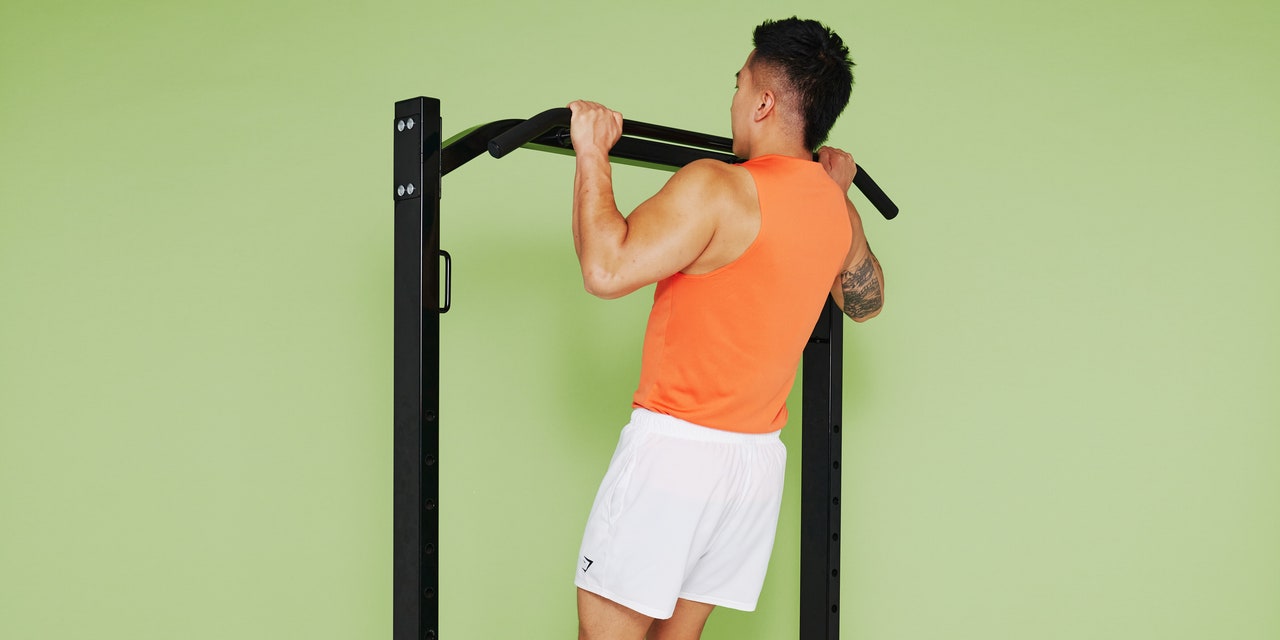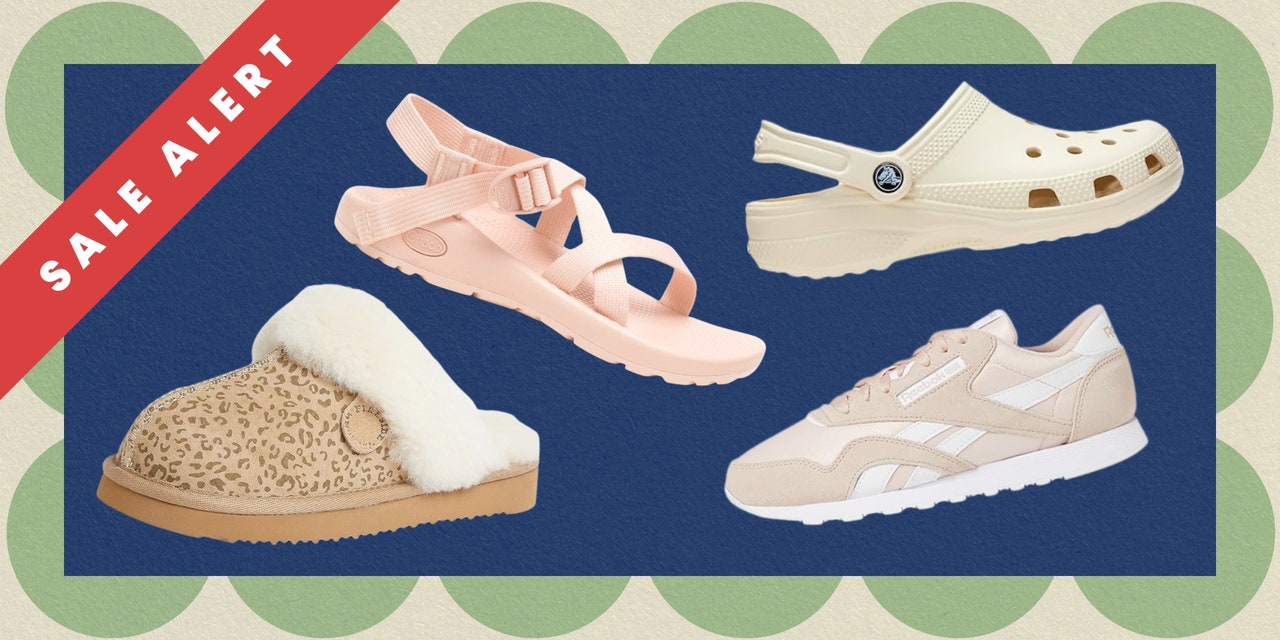We've Tested Dozens of Treadmills and These Are the Best for Runners

Just so you know: The tread folds up, so you can get back some floor space when you’re not using it, but our tester says the Horizon 7.4AT isn’t compact enough to store under furniture.
Size: 76” L x 37” W x 63” H | Tread belt: 22” W x 60” L | Weight capacity: 350 lbs | Speed: 0.5 to 12 mph | Decline/incline: 0 to 15% | Motor: 3.5 CHP motor | Display: 8.25″LCD Screen | Shipping: Price varies by option (standard, white glove, in-room delivery, white glove delivery and assembly) | Warranty: Lifetime for frame and motor, 5 years for parts, 2 years for labor
Best Compact Treadmill for Runners: Echelon Fitness Stride 6s-10
Echelon Fitness Stride 6s-10
Pros
- Foldable and comes with horizontal and vertical transport wheels
- Large tread deck when compared to overall footprint
- Can easily integrate with popular apps like Strava and Apple Health
- Can play music through built-in speakers via Bluetooth
- Quickly changes speed
Cons
- Some might find the 10-inch touchscreen too small
- At $1,900, on the higher end of treadmill costs
- Less cushioned, which may be harder on joints
Why we picked it: Thomson notes that in addition to the standard features you’d expect from a good treadmill for runners (like stability, speed options, and a long belt), the Echelon Fitness Stride 6s-10 includes extras that make for a more elite performance. For instance, it has a built-in heart rate monitor “to make sure you’re staying in the [targeted] zone,” he says.
Our fave features: With a 20.5” by 60” tread belt, users will have a large surface to run on—yet the overall footprint of this treadmill is surprisingly small.. Our testers also liked the tread’s high-tech features, such as built-in speakers that connect with Bluetooth, easy integration with popular apps like Apple Health and Strava, and a touchscreen display. (It also connects with the Echelon Fit app, which starts at $12 per month.)
Just so you know: Our testers didn’t find the Echelon quite as well-cushioned as other treadmills on the market. (That’s not always a bad thing: Thomson says he actually prefers a treadmill with less cushioning because it’s more similar to the experience of outdoor running.) But if you’re running on a treadmill in an effort to go easier on your joints, this may not be the machine for you. Some of our testers also found the screen a little hard to see while working out.
Size: 64.8” L x 32.4” W x 57” H | Tread belt: 20.5” W x 60” L | Weight capacity: 300 lbs | Speed: 0 to 12.5 mph | Decline/incline: 0 to 12% | Motor: 3.0 CHP/3.5PHP | Display: 10-inch class HD touchscreen & LED display console | Shipping: Free with an annual premier Echelon Fit app purchase (which starts at $11.99 per month) | Warranty: 1-year comprehensive warranty, including 5-year motor and 10-year frame coverage on treadmills.
Best Commercial Treadmill for Runners: Life Fitness RunCX
Pros
- High user weight capacity
- High incline max at 15%
- Wide tread belt
Cons
- Most expensive option on the list
- Heavy at 339 pounds
- Doesn’t fold
Why we picked it: Yes, the Life Fitness RunCX is expensive, but it’s also designed to stand up to long-term use, like one you’d find at a commercial gym. It has a high weight capacity (400 pounds), a high incline percentage (15%) for super-tough workouts, and one of the largest running surfaces available on the market.
Our fave features: This treadmill accommodates runners of many sizes, stride lengths, and ages thanks to its wide tread belt and shock- absorbing deck. Its Bluetooth capabilities allow for easy pairing with many mainstream smartwatches and phones. While it doesn’t come with a built-in screen for streaming classes, the RunCX does have a display (for workout metrics like speed and incline) and a device-holder that’ll work for an iPad or phone.
Just so you know: The hefty price tag might be a deterrent, but Life Fitness does offer financing options to soften the blow. It’s also worth noting that this machine is heavy, at 339 pounds, and it doesn’t fold, so if you want to move it to a new location you’ll need help.
Size: 80” L x 32” W x 60” H | Tread belt: 22” W x 60” L | Weight capacity: 400 lbs | Speed: 0.5 to 12 mph | Decline/incline: 0 to 15% | Motor: 3.0 HP Continuous Duty motor system| Display: 7-inch white LCD display | Shipping: Free shipping and assembly | Warranty: Lifetime warranty on frame and shock absorbers; 10-year on motor; 7-year on parts; 1-year on labor
What runners should look for when shopping for a treadmill
Not every runner has the same needs from a treadmill. For instance, folks looking to ease their joint pain might need a super-cushioned belt, while runners with long strides might need more room for each step. . Below, experts break down the key factors the best treadmills for runners share—and you can pick and choose from there which features to prioritize for yourself.
Cost
Any way you cut it, a treadmill is an investment. Lower-cost treadmills—starting at about $500— can totally check off many of the boxes runners look for (like wide speed ranges and a cushioned deck). But if you’re looking for features like responsive touchscreens, app-pairing ability, and decline options) you should prepare to spend more; high-end machines can be north of $2,000.
Stability
Running on a shaky treadmill can be annoying at best and scary at worst (hello, slips and falls), which explains why Thomson says he prioritizes “stability and firmness to the deck” when evaluating treads. Treadmill runners will also want to prioritize machines that have a stable belt to avoid sliding around as well as a belt that’s long enough and wide enough to accommodate their stride.
Speed
If you’re running on a treadmill—particularly for interval training or sprints—the machine’s speed capability will be a key priority. Beyond just the maximum mileage per hour, it may be important to note how quickly a tread can adjust to speed changes; when interval training (where every second counts), for instance, long lags can mess with your workout flow.
Cushion
As Thomson sees it, one of the biggest benefits of treadmill running (compared to running on pavement) is less impact on the joints. And cushioned treadmills increase that shock absorption even more.
For this reason, our testers paid special attention to how cushioned a treadmill felt, and how the foot strike compared with running or walking outside. While it may be hard to know exactly how shock-absorbing a treadmill is without trying it out yourself, you can keep an eye out for mention of impact-breaking materials such as ProForm’s ProShox cushioning.
Incline and decline options
A great treadmill for runners should be able to mimic the types of terrain you might encounter in the outdoors, April Gatlin, an American Council on Exercise (ACE)-certified personal trainer based in Chicago, tells SELF. “Outside of mirroring the outdoor experience, it helps to add incline to aid in building the posterior chain of the body [the lumbar, hamstrings, gluteals, extensors, and calves] to strengthen against muscular imbalance.”
According to Thomson, a 12% incline is a good benchmark that runners should look for in a treadmill. Most of the options on our list do hit that 12% mark, and some go even higher (hi, Life Fitness RunCX and Horizon 7.4AT), and some offer decline options, too.
Motor
Another factor to consider when buying a treadmill is its motor—and the more serious of a runner you are, the stronger the motor you’ll want in your machine. Kai Ng, a USA Track & Field (USATF)– and RRCA–certified running coach based in New York City, previously told SELF that runners should look for a treadmill with at least 3.0 horsepower (HP).
Noise and portability
If you’re living in a smaller space or share your home with people who might be disturbed by a noisy treadmill, these factors can be extra important. Gatlin suggests that before you buy a treadmill, you should ask: “How much noise does the treadmill make when in use? Is it space efficient, or can it easily be stored?” she says.
How we tested these treadmills
To make sure we only recommend the very best treadmills, our experienced testers run on them to ensure they hold up to hard workouts. For more details, you can take a look at our full fitness-equipment-testing methodology, but here are the main factors our testers considered when evaluating the best treadmills for runners:
Durability, steadiness, and shock absorption
When you’re running on a treadmill, steadiness is key. While running and walking on these treadmills in 15- to 20-minute sessions, our testers paid particular attention to how steady and durable each treadmill felt, as well as what the shock absorption was like (i.e. how much you felt each foot strike in your legs and knees). To score for durability, our testers consider the following questions about each tread :





